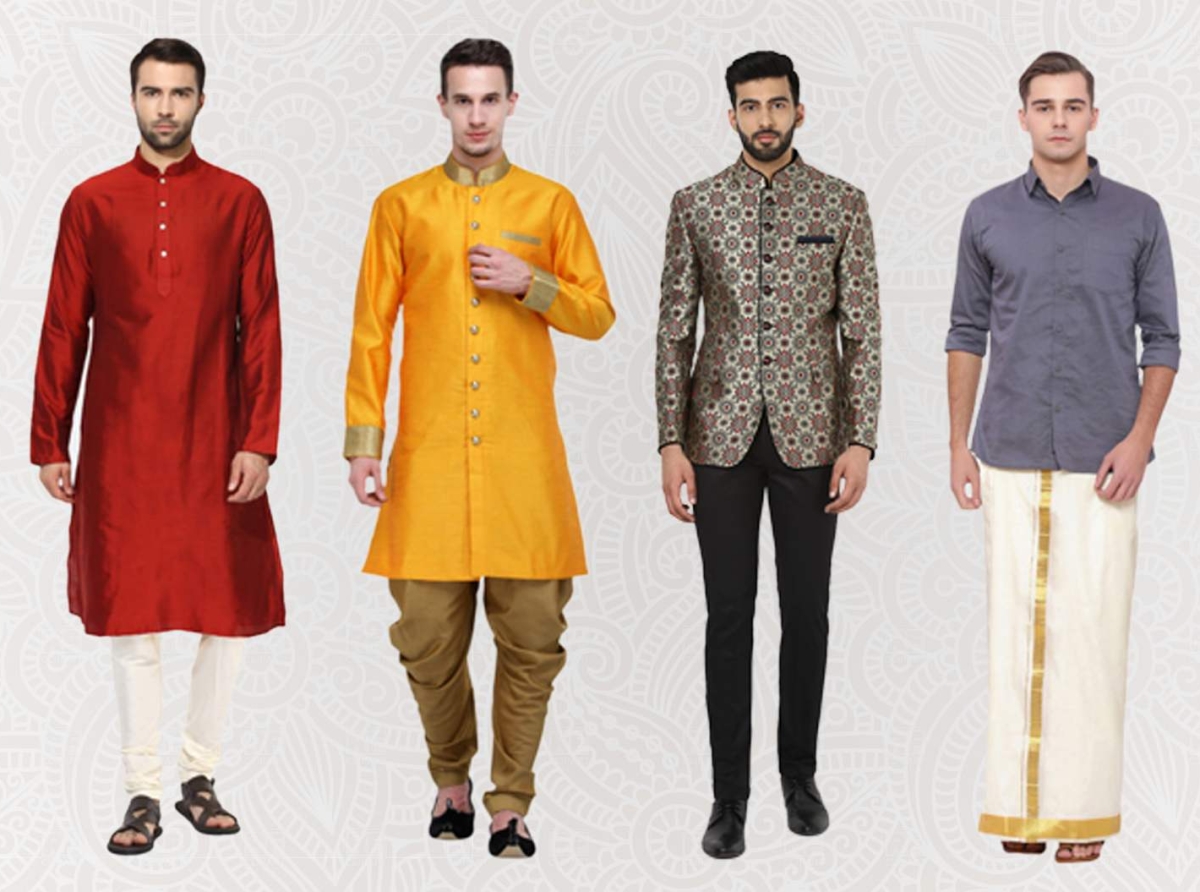Traditional wear dominates men’s apparel sales in India

With soaring sales of items like sherwanis igniting intense competition among brands and attracting major players into the fray, traditional wear has emerged as the new king in the ever-evolving landscape of men's apparel in India. According to a recent report by the Times of India, sales in this segment have skyrocketed by as much as 25 per cent over the past three years, driven by aggressive expansion strategies and the introduction of innovative designs tailored to suit consumer tastes.
Sherwanis, in particular, have emerged as a standout category, constituting more than a quarter of all sales, as noted by Ashish Mukul, Brand Head, Tasva. This surge in sales can be attributed to widespread retail expansion across India and the introduction of distinct designs catering to diverse consumer preferences.
In the past couple of years, leading players such as Aditya Birla Fashion, Vedant Fashions (Manyavar), and Raymond's Ethnix have collectively opened approximately 183 stores, with plans to launch around 300 more in the next two years. This aggressive expansion underscores the growing competition in the wedding-wear segment, fueled by the success of brands like Manyavar.
The success of Vedant Fashions' listing has further intensified competition in the wedding-wear segment, prompting other branded players to step up their game. Aditya Birla Fashion's collaboration with fashion designer Tarun Tahiliani for Tasva and Raymond's significant scaling up of Ethnix have been noteworthy developments in this regard.
Vedant Modi, Chief Revenue Officer, Vedant Fashions, highlights the robust growth in sales of men's wedding wear, indicating a rising demand driven by the aspirational nature of weddings. This trend reflects the significant role weddings play in driving sales of ethnic wear, with consumers increasingly opting for higher-quality products for special occasions.
Despite the challenges posed by the pandemic, the Indian men’s apparel market has shown resilience, with a CAGR of almost 10 per cent from FY15 to FY20. The market is expected to expand at a CAGR of 18 per cent over the next four years, driven by factors such as an expanding middle class, increased discretionary spending, and changing consumer demographics.
Ethnic wear, which constitutes approximately 6 per cent of the total men’s clothing market, is anticipated to grow at a CAGR of almost 20 per cent in the following four years. This growth is further fueled by the increasing demand for premium segments, particularly sherwanis, as customers prioritise thoughtful designs, comfort, and luxury.
The popularity of items like kurtas and kurta sets also remains high in ethnic apparel, with factors such as expanding networks and the introduction of competitive offerings contributing to their growth. Despite the rise of online channels, physical stores continue to dominate sales, accounting for around 90 per cent of the market.
























